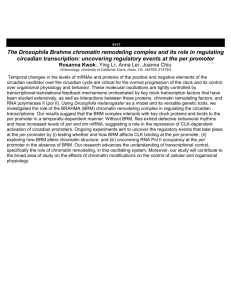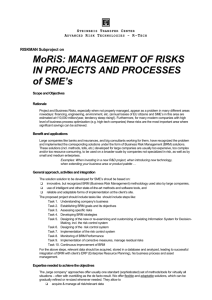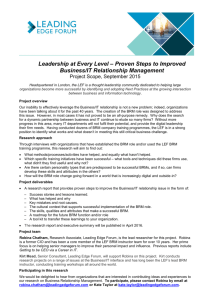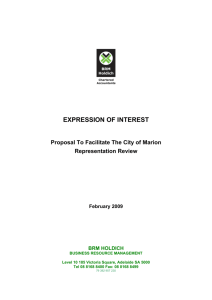Abstract-Ke Ruan
advertisement
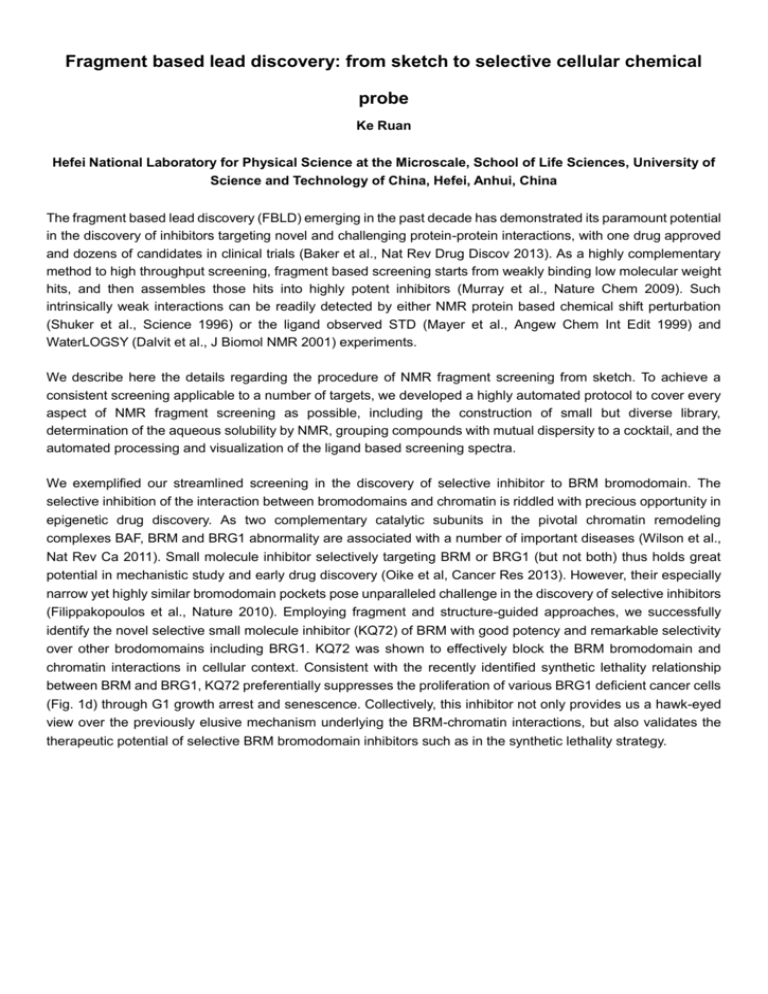
Fragment based lead discovery: from sketch to selective cellular chemical probe Ke Ruan Hefei National Laboratory for Physical Science at the Microscale, School of Life Sciences, University of Science and Technology of China, Hefei, Anhui, China The fragment based lead discovery (FBLD) emerging in the past decade has demonstrated its paramount potential in the discovery of inhibitors targeting novel and challenging protein-protein interactions, with one drug approved and dozens of candidates in clinical trials (Baker et al., Nat Rev Drug Discov 2013). As a highly complementary method to high throughput screening, fragment based screening starts from weakly binding low molecular weight hits, and then assembles those hits into highly potent inhibitors (Murray et al., Nature Chem 2009). Such intrinsically weak interactions can be readily detected by either NMR protein based chemical shift perturbation (Shuker et al., Science 1996) or the ligand observed STD (Mayer et al., Angew Chem Int Edit 1999) and WaterLOGSY (Dalvit et al., J Biomol NMR 2001) experiments. We describe here the details regarding the procedure of NMR fragment screening from sketch. To achieve a consistent screening applicable to a number of targets, we developed a highly automated protocol to cover every aspect of NMR fragment screening as possible, including the construction of small but diverse library, determination of the aqueous solubility by NMR, grouping compounds with mutual dispersity to a cocktail, and the automated processing and visualization of the ligand based screening spectra. We exemplified our streamlined screening in the discovery of selective inhibitor to BRM bromodomain. The selective inhibition of the interaction between bromodomains and chromatin is riddled with precious opportunity in epigenetic drug discovery. As two complementary catalytic subunits in the pivotal chromatin remodeling complexes BAF, BRM and BRG1 abnormality are associated with a number of important diseases (Wilson et al., Nat Rev Ca 2011). Small molecule inhibitor selectively targeting BRM or BRG1 (but not both) thus holds great potential in mechanistic study and early drug discovery (Oike et al, Cancer Res 2013). However, their especially narrow yet highly similar bromodomain pockets pose unparalleled challenge in the discovery of selective inhibitors (Filippakopoulos et al., Nature 2010). Employing fragment and structure-guided approaches, we successfully identify the novel selective small molecule inhibitor (KQ72) of BRM with good potency and remarkable selectivity over other brodomomains including BRG1. KQ72 was shown to effectively block the BRM bromodomain and chromatin interactions in cellular context. Consistent with the recently identified synthetic lethality relationship between BRM and BRG1, KQ72 preferentially suppresses the proliferation of various BRG1 deficient cancer cells (Fig. 1d) through G1 growth arrest and senescence. Collectively, this inhibitor not only provides us a hawk-eyed view over the previously elusive mechanism underlying the BRM-chromatin interactions, but also validates the therapeutic potential of selective BRM bromodomain inhibitors such as in the synthetic lethality strategy.
